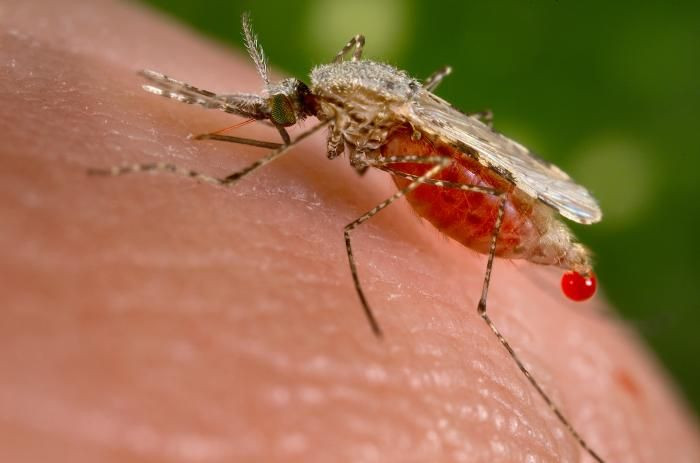Mosquito Survelliance Study Identifies 83 Different Viruses In East Africa

Mosquito-borne viruses are back on the rise in East Africa after a surveillance study revealed a shocking amount of disease-carrying insects in several different ecological regions.
"The importance of mosquitoes in the spread of arboviral diseases in East Africa cannot be over-emphasized," explained lead researcher Caroline Ochieng.
"They have caused outbreaks afflicting both human and livestock with devastating public health and economic consequences. Implementation of mosquito and arbovirus surveillance is therefore vital as part of an early warning system and rapid response plan."
According the Centers for Disease Control and Prevention (CDC), arboviruses, or anthropod-borne viruses, are diseases transmitted into the host by way of a blood-feeding anthropods such as ticks or mosquitos. Arboviruses that are particularly hazardous to human include bunyaviridae, flaviviridae and togaviridae (alphavirus).
Researchers from the U.S. Army Medical Research Unit, Kenya Medical Research Institute, and the International Centre for Insect Physiology and Ecology in Nairobi tested more than 450,000 mosquitos from 11 areas of Kenya.
Some of the ecological settings included savannah grasslands, semi-arid Acacia thorn bushes, and mangrove swamps. Locations were chosen for their history of arbovirus outbreaks.
The research team collected mosquito samples twice a year during the wet seasons when they were more active. Subjects were delineated by species and then screened for arboviruses. Their results isolated 83 different alpha, flavi, and orthobunyaviruses.
Many of the viruses are contained on the African continent; however, West Nile virus was among the disease connected with the study. Over 30,000 people in the United States have been effected by the possibly life-altering illness since 1999, the CDC reported.
Symptoms of West Nile Virus can range from a mild fever, headache, and nausea to vision loss, convulsions, disorientation, and in some cases coma. Even after physical symptoms are alleviated neurological side effects could last the patient's entire life.
The results of the study were published in BioMed Central's online journal Virology Journal.
Commenting on the potential impact of this study, Linfa Wang, editor-in-chief of Virology Journal, said, "This important study highlights the need for on-going surveillance in animals and insect vectors, in order to prepare for potential virus outbreaks in humans."'
Ochieng, Caroline. Mosquito-borne arbovirus surveillance at selected sites in diverse ecological zones of Kenya; 2007-2012. Virology Journal. 2013; 10:140. http://www.virologyj.com/content/10/1/140/abstract. Accessed May 10, 2013.



























